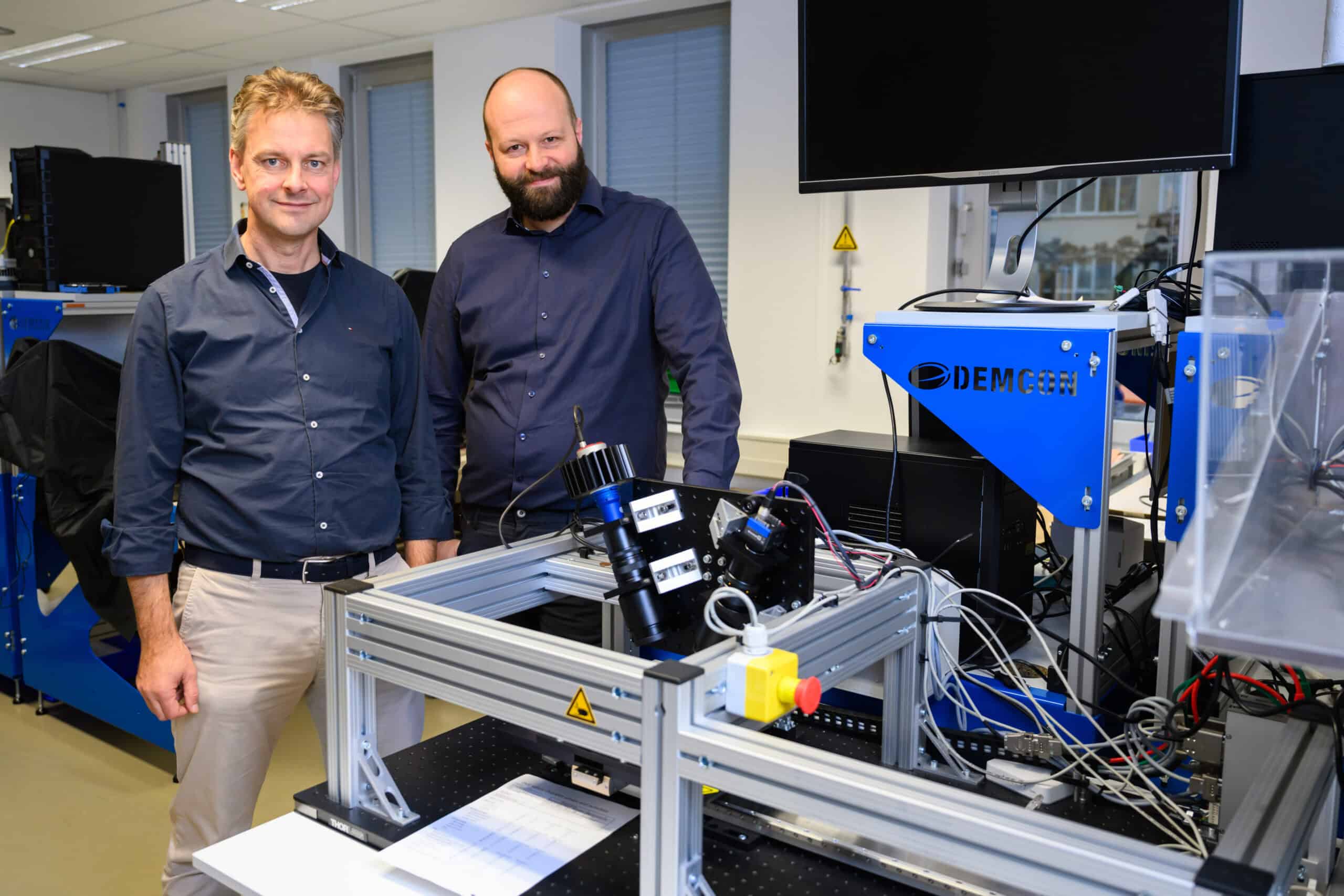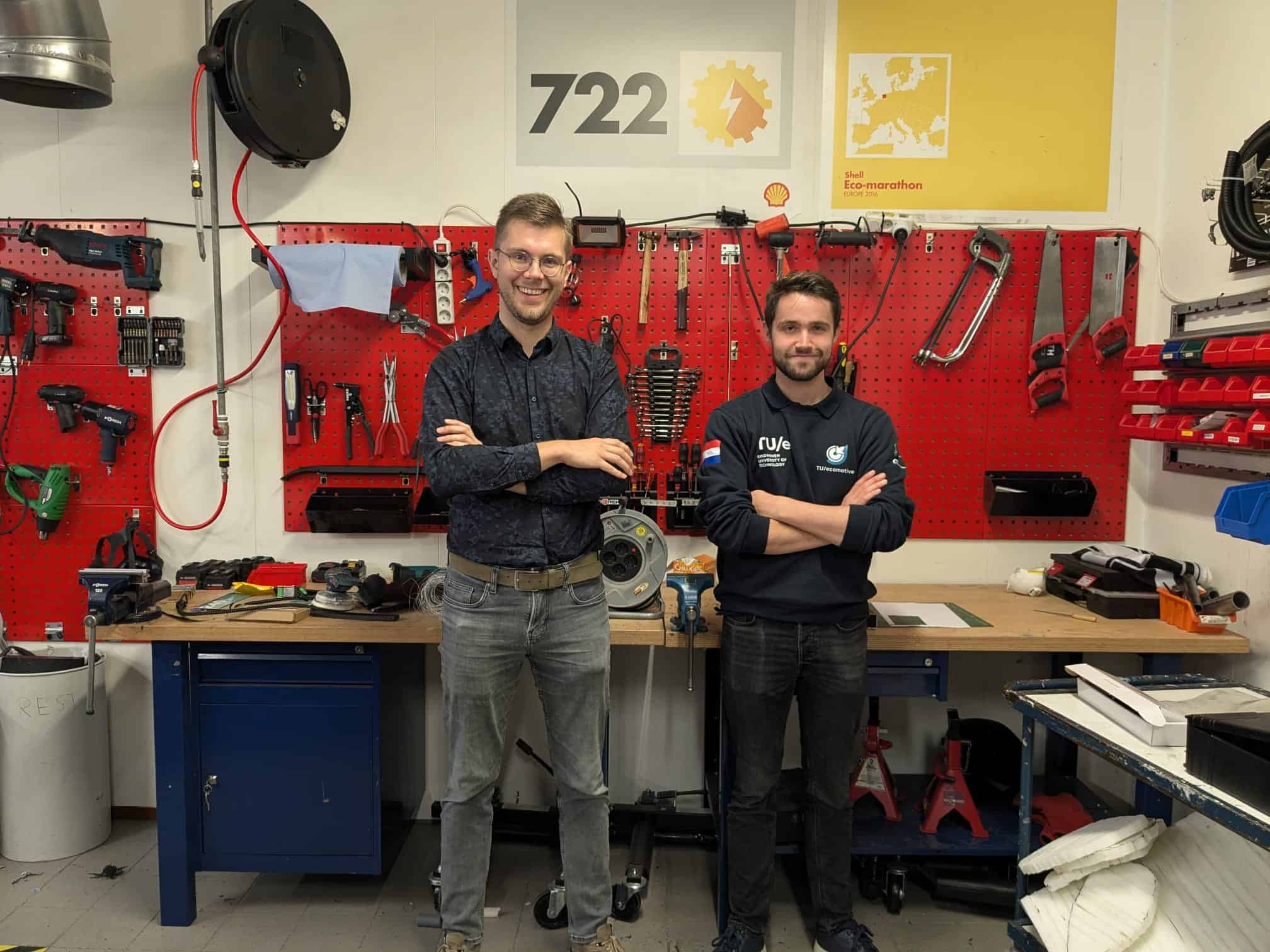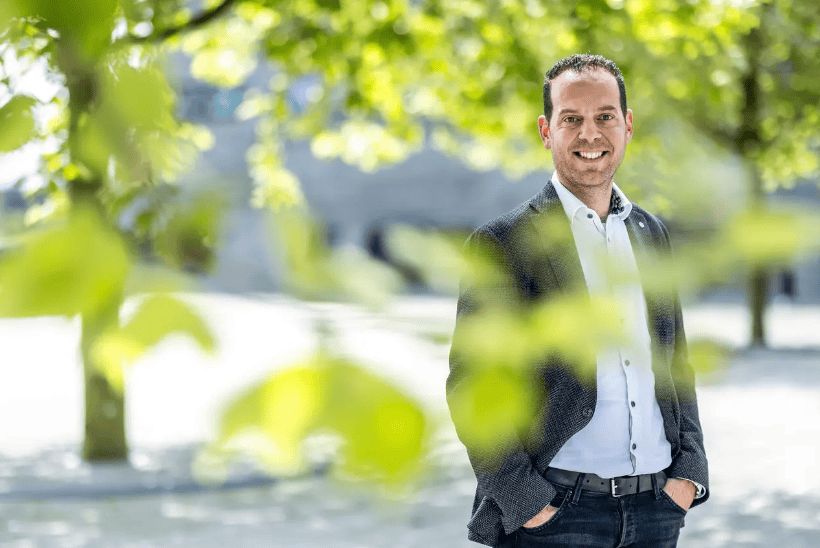
Sometimes you are overtaken by everyday reality. At the end of last year, New York-based Humane Genomics was still working hard to develop a synthetic virus that could destroy tumors, now the company also thinks it is on the trail of a solution for COVID-19. Based on the same principle: a tailor-made synthetic virus that can tackle pathogenic viruses and cells.
“We weren’t really convinced by the 44 studies currently underway, so we came up with our own proposal. The great thing about it is that what you need for that, the basic virus, is also a very good virus that you can use in cancer research. So we already knew the virus that you can use as a vaccine,” says Peter Weijmarshausen, CEO of Human Genomics. “Right now, we are waiting for permission to switch to animal testing. We can act much faster. What we can do in days, will normally take you at least six weeks with other techniques.”
“Making viruses that only infect cancer cells”
We already know Peter Weijmarshausen as the founder of Shapeways, the 3D printing company that stormed the world from Eindhoven. In the meantime, Weijmarshausen has shifted its focus to the medical world. Humane Genomics, just like Shapeways, is based in New York.
The synthetic viruses with which Humane Genomics works do the same thing that normal lytic viruses do. They penetrate a cell and thus destroy the disease-causing cell. “So the trick is to create viruses that only infect cancer cells. If you can make them, then you probably have a very good cure for cancer.”
It almost sounds like a fairy tale, but developments are going fast. “At the moment, we’re still making the viruses in a laboratory, so they’re cells in bowls. We’ve been doing that for 6 or 7 months now. By the time we started, scientists around the world had made about 40 synthetic viruses. We’ve made about 60 more in the past period, so that’s going fast and one of the things I’m super excited about is that we can test at a very fast pace. Of course, it is now a bit delayed with the current situation, but we hope to do the first tests on mice in 3 or 4 months’ time.”
In the meantime, Humane Genomics is also working on the vaccine against COVID-19. “We are also in contact with many prominent virologists and institutes who like to work with us and we with them. And hopefully, the large pharmaceutical companies will follow when we have generated some traction. I can well understand that they are now wondering what to do with a couple of early bird startups nerds who think they’ve found a solution. That’s fine. If you don’t believe it, we’ll just show you.”
Humane Genomics doesn’t expect to be producing the vaccine on a large scale. “We can make enough vaccine to test it with 30 to 100 people. Suppose it works, then it would have to be made in very large quantities. We don’t have a factory and not enough people to do that. So we will have to work together with very large pharmaceutical companies. That’s what we really want. In fact, I invite every pharmaceutical company to contact us. We don’t have to be the first ourselves. If somebody wants to take over and finish our work, that’s fine as well.”
“Throw a few rules overboard.”
Weijmarshausen pleads for changes to the rules, without losing sight of the care with which a new drug can be introduced. “Normally it takes years to make a vaccine. Rightly so, because you are going to give a vaccine to healthy people. So you have to process that very carefully because you don’t want to sicken people. But with the current situation and the danger this virus represents, I think you have to throw a few rules overboard. Just like we did with Ebola in Africa. We just have to vaccinate faster because otherwise, the weakest in our society will really be in danger. I’d really hate that.”
Humane Genomics expects to demonstrate that it has built a virus that is effective in fighting cancer next year. This mainly concerns cancers for which no drugs have yet been found. So where will the company be in a year’s time? “I hope that we will all have found a solution for COVID-19 by then and I hope, as a company, that we have completed positive mouse tests with our cancer research and that we will then be able to convince the FDA of the extension of tests on dogs. With this, we can show that our method of treatment works very well, after which people will slowly come into sight. I really hope that we can have an impact on curing this terrible disease which also causes a lot of victims and a lot of suffering. It is slowly time to get rid of it and it can be done. We have the technology. We just need to put the time and energy into it, then we can do it.”
(This article was previously published in Dutch at Fast Moving Targets).







